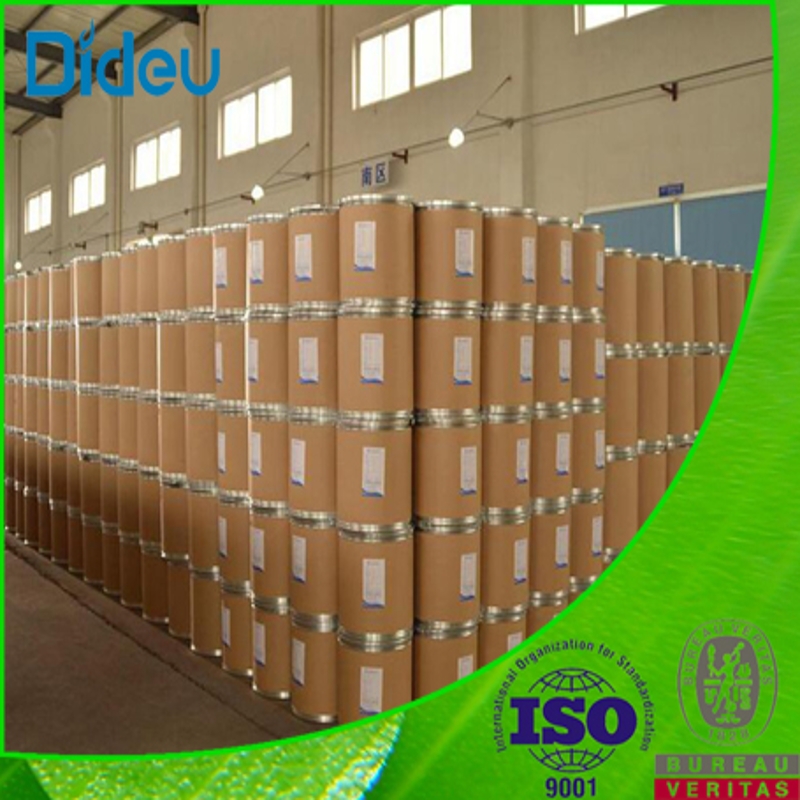-
Categories
-
Pharmaceutical Intermediates
-
Active Pharmaceutical Ingredients
-
Food Additives
- Industrial Coatings
- Agrochemicals
- Dyes and Pigments
- Surfactant
- Flavors and Fragrances
- Chemical Reagents
- Catalyst and Auxiliary
- Natural Products
- Inorganic Chemistry
-
Organic Chemistry
-
Biochemical Engineering
- Analytical Chemistry
- Cosmetic Ingredient
-
Pharmaceutical Intermediates
Promotion
ECHEMI Mall
Wholesale
Weekly Price
Exhibition
News
-
Trade Service
More than 1 billion people worldwide have diabetes, and by 2045 an estimated 693 million people will have diabetes
.
In addition, an estimated 541 million people will have impaired glucose tolerance
Glucagon-like peptide 1 receptor agonists (GLP-1RA) and sodium glucose cotransporter 2 (SGLT-2) inhibitors reduce adverse cardiorenal outcomes in patients with type 2 diabetes
.
This study was a network meta-analysis to compare the effects of GLP-1 RA, SGLT-2 inhibitors, and dipeptidyl peptidase 4 (DPP-4) inhibitors on cardiorenal outcomes in patients with type 2 diabetes
We searched PUBMED, Embase and Cochrane databases for data on cardiovascular and renal outcomes reported before 10 December 2021 in patients treated with GLP-1 RAs, SGLT-2 inhibitors or DPP-4 inhibitors.
research
.
The primary endpoint was major adverse cardiovascular event (MACE); secondary endpoints included cardiovascular and death, non-fatal myocardial infarction, non-fatal stroke, hospitalization for heart failure (HHF), and renal outcomes
The primary endpoint was major adverse cardiovascular event (MACE); secondary endpoints included cardiovascular and death, non-fatal myocardial infarction, non-fatal stroke, hospitalization for heart failure (HHF), and renal outcomes
Effects of different drugs on MACE outcomes
Effects of different drugs on MACE outcomesTwenty-three eligible clinical trials were screened, involving a total of 181,143 subjects
.
DPP-4 inhibitors did not reduce the risk of any cardiorenal outcomes compared with placebo, and DPP-4 inhibitors were associated with greater risk of MACE, HHF, and renal outcomes in subjects when compared with either drug high correlation
Compared with DPP-4 inhibitors, SGLT-2 inhibitors significantly reduced subjects' cardiovascular mortality (RR 0.
Effects of different drugs on non-fatal stroke
Effects of different drugs on non-fatal strokeGLP-1 RA and SGLT-2 inhibitors were not significantly different for MACE, non-fatal MI, non-fatal stroke, CV, and total mortality; however , SGLT-2 inhibitors reduced the risk of HHF and renal outcomes Better than GLP-1 RA (24% vs 22% risk reduction)
.
Finally, only GLP-1 RA reduced the risk of nonfatal stroke compared with placebo (RR 0.
SGLT-2 inhibitors are superior to GLP-1 RA in reducing the risk of HHF and renal outcomes SGLT-2 inhibitors are superior to GLP-1 RA in reducing the risk of HHF and renal outcomes Only GLP-1 RA reduces non-fatal Stroke risk only GLP-1 RA reduces risk of non-fatal stroke
Summary of the effects of the three drugs
Summary of the effects of the three drugsTaken together, SGLT-2 inhibitors and GLP-1 RA are superior to DPP-4 inhibitors in reducing most cardiorenal outcomes; SGLT-2 inhibitors are superior to GLP-1 RA in reducing HHF and renal events ; Only GLP-1 RA reduced the risk of nonfatal stroke
.
Therefore, SGLT-2 inhibitors and GLP-1 RAs are recommended to be used preferentially in patients with type 2 diabetes mellitus with cardio-renal disease
SGLT-2 inhibitors and GLP-1 RAs were superior to DPP-4 inhibitors in reducing most cardiorenal outcomes; SGLT-2 inhibitors were superior to GLP-1 RAs in reducing HHF and renal events; only GLP-1 RA reduces risk of non-fatal stroke SGLT-2 inhibitors and GLP-1 RA are superior to DPP-4 inhibitors in reducing most cardiorenal outcomes; SGLT-2 inhibitors are superior in reducing HHF and renal events GLP-1 RA; only GLP-1 RA reduces the risk of nonfatal stroke
Original source:
Original source:Giugliano, D.
leave a message here







